Charles Pakana (Victorian Aboriginal News):
According to law and as written so succinctly on the IATSIS website, in the time of creation, ancestral beings spread across the continent, creating all landforms, plants, animals, and humans. These beings which took many different forms, established societies and the laws for living the languages, customs, and ceremony. It’s hardly a surprise then that for so many Aboriginal people, breathing life into language is nothing short of critical. For the Bangerang people whose country spreads from near Shepparton and Victoria, across to Echuca and up to Deniliquin and New South Wales, the life of their language has been given a tremendous boost by way of a Bangerang dictionary that has been developed by Roland Atkinson and his cousin, Kobe Atkinson. To talk about this, I’m joined today by one of those authors of the dictionary, Bangerang custodian and cultural educator, Roland Atkinson. Roland, thanks for taking time to speak with me today.
Roland Atkinson:
Oh, thanks. Thanks for the opportunity and thanks for coming up the country.
Charles:
So Roland, before we discuss the how of this incredible project, let’s focus on the what, just how extensive is this dictionary. We’re talking about, I think you mentioned about 700 words?
Roland:
Yep. 700 plus words. The complex about it was going through early settlers’ writings, which had different spellings or more aligned to English structure. So we wanted to take the language back, take the ownership back and how we want the language to look and sound. First important thing was to establish a language circle or language group under a traditional owner group. And with that there, we tackled the tough decisions around a spelling system, what the community wanted to go with. For example, the B or the P.
Charles:
Now in what particular context? So B or the P, what sort of words are we talking about there?
Roland:
So B and P is basically the same. It’s just how the non-Indigenous person wrote it down. So people will get confused up this way with Bangerang or Pangerang, but when you pronounce it traditionally, it’s Bangerang. So if you go, “Bungerung, Bungerung,” it sounds like a B or a P.
Charles:
Yeah.
Roland:
But we had to educate ourselves and the community about that and not get too tied up how the spelling look was a new space for us, because Aboriginal people never recorded or wrote down their language. So we wanted to take ownership of that, how we wanted our language to look, especially when it comes to future branding or education tools, how we did it to promote it to the younger generation.
Charles:
So, I can only assume that there were no native Bangerang speakers around the time that you started this project.
Roland:
Not fluent, it’s just a couple of handful of words. And the reason being that the missionaries being very strong down southeast Australia under the Aboriginal Protection Board, who took our language and our cultural structure away nearly completely. But the good thing about the early settler with this documentation, they liked to write everything down.
Charles:
So it worked in your favor.
Roland:
Yeah. So it was with that, but also with VACL, Victorian Aboriginal Corporation for Languages, peak body of indigenous language in Victoria. They gave us assistance and help with their linguist, with a big help from Uncle Brendan Kennedy, Julie Saylor-Briggs, and Aunty Lee Healy at the time. They gave us the confidence, and also, examples helped our communities reclaim their language and took ownership of it.
Charles:
So what were some of the big challenges you had? Obviously, apart from the fact that there were no fluent native speakers of Bangerang.
Roland:
Oh, that was the biggest one, was we had to break the cycle where a few of us in the community had to get up and start preaching it. And with that, have the confidence to do it and be competent in it, which was very hard, especially if you couldn’t learn off a fluent speaker. But having the support of other language groups like VACL, and so it made it a lot easier to watch how other communities reclaim their language, and what was the pros and negatives that came out of that. So me and my cousin, Kobe, sat back and watched how other communities around Australia did their language.
Charles:
So what were some of those other groups that were particularly inspirational and helpful in helping you and Kobe?
Roland:
We’ve got ties to Wiradjuri, though went through the same example with us with the missionary days and so on, but they’re very staunch with keeping their language and it was also well documented as well. So that worked in our favor in how they structured their language and how they were going to showcase it as well. With Aunty Lee Healy being a proud Taungurung person, we watched her and how she developed her dictionary and how long that took. And then just having access to all the people at the time working at VACL helped a lot. But then, just also looking at other community dictionaries, how they went about it as well, played a big helpful part.
Charles:
Now, you mentioned to me before we started recording this interview that it was the old people who want the physical hard copy, but young people obviously, want the digital format online. So what’s the solution going to be? Hard copy, digital, both, and when?
Roland:
So 2018, we established a language circle. We didn’t want it to be its own entity, so have its own board in case it grew legs and ran crazy in the future. But we wanted it to come under the traditional owner groups, so they owned it. So the 16 family groups run Bangerang Aboriginal Corporation. So when anybody’s making any content, you get endorsed by the traditional owner group automatically.
So when we started doing that and Kobe went through the hard yards of doing the word list, the spelling system, word for word over 700 plus words, we wanted to do a hard copy, but we worked a language out where we’ll develop a new word as well. And we didn’t want to try to find funding or use funds to make a hard copy every year for making new words within that 12-month period per year. And then at the other time, the internet, digital media was taking off very fast and one of our big objectives was always, how do we teach the younger generation? Because they’re going to be the ones that we’re going to use in a positive manner to get that fluent speaking back in our families and communities, and they’ll go in that digital media platform or way for that. It was like, we want it online as well, but we found out money was a cost as well. We’re running on a very low budget, or if not, nothing.
Charles:
Well, who was funding?
Roland:
It was coming out of our own pockets. Sometimes we’ll get little grants from other sectors, taking a little bit of money out of that, pay for the initial start. But there was a lot of hard yards where Kobe and I did it off our own back because we’re so passionate about it.
Charles:
How critical is language to culture?
Roland:
Oh, it’s big time. It’s one of the number one obligations. The language comes from the ground where the people come from. It’s a way of communication, to speak, to identify. It’s one of our biggest cultural identities. Uncle Sandy used to say, “If you want to get into culture, get into language.”
Charles:
Now that’s Uncle Sandy Atkinson who is essentially, the founder of the Bangerang Cultural Centre, has done so much for culture and language or did so much for culture and language right across Victoria for so many mobs. And was passionate about the Bangerang language as well, I believe.
Roland:
Yes, yes. Well, that passion about Aboriginal language in general, where he started VACL, the Victorian Aboriginal Corporation of Languages. He used his own $50 to get it registered as an organization and was also instrumental in getting the Koorie heritage trust up and going as well.
Charles:
You mentioned that there were 700 words in this current iteration, this first iteration of the dictionary. Some people might think, “Well, 700 words, we’re English speakers. We can just pluck that number of words from anywhere and it wouldn’t be all that difficult.” But this was more than just a labor of love. There was a lot of blood, sweat, and toil that went into this with you and Kobe. You mentioned to me previously that there were many a night that Kobe just stayed up, just working away, trying to understand the translations from Bangerang to English, from English to Bangerang. Talk a little bit more about that, if you wouldn’t mind.
Roland:
So there’s a few early settlers that had the writing of language down. So he had to dissect all that, and then put it into our new spelling system-
Charles:
Must’ve been a mountain of resource.
Roland:
… word for word, just looking at a spreadsheet day and night.
Charles:
Yeah.
Roland:
And not only did he go from English into Bangerang, but Bangerang into English word for word and spelling for spelling. And then also, incorporate the new word list, which changed the spelling by a little bit. And with that there, that was the main backbone. And once we got that, that’s when we could start talking about making educational tools, but most importantly, getting that hard copy, an online copy of the dictionary completed.
Charles:
What I find really interesting and incredibly generous is that once again, when you and I are having a yarn outside just before we press the record button, you were saying that you were more than okay for non-Bangerang. In fact, non-Aboriginal people to learn this language and start promoting it, as long as it’s promoted carefully, culturally, appropriately, and correctly of course. That’s in stark contrast to a lot of mobs over the past say, 20, 30 years, who have been incredibly jealous of their language and who have seen non-Aboriginal people speaking it and teaching it as being culturally incorrect. Is this a growing change in attitude across most communities or is it just in Bangerang?
Roland:
No. I believe it’s changing. I was one of those people growing up with these non-Indigenous people, teaching our language. But once you get old and start working in the education sector, you see, like I was saying to you before, a teacher just naturally wants to teach.
So all the schools around Victoria and especially around our area, are dying for Aboriginal content around language and people to come out. Sometimes you might not have the right personnel or enough personnel to go into all these different schools that teach the language where it puts the pressure on a non-Indigenous teacher to teach language. If you can form a relationship with that school and the teacher where you can make them feel comfortable teaching and teaching it right, until you can find that ideal community person to go into those schools and take that ownership back. Some of the issues will be the school might only want you in during NAIDOC week-
Charles:
Yeah, That’s right across the board.
Roland:
… when you are looking for a full-time job where you’ve got enough content, where you can be in each school one day a week.
Charles:
Yeah.
Roland:
But then what I’ve found from example, you’re dealing with school budgets and curriculums. So once you reach out to those proper bodies, get your foot in the door, the next thing is always funding. It’s always the moolah, the money. If schools can start putting out full-time sustainable employment around language or culture, that’s where you can have the opportunity to have an indigenous person from that community in your school doing that teaching. If you are a proud Australian and proud of Australian history, true Australian history is Aboriginal culture all day every day. And the help with reconciliation going forward between us becoming one country, our language could be used as a perfect tool to incorporate that.
Charles:
So you’d be very keen for schools right across Victoria or really anywhere, because of course, the Bangerang is in New South Wales as well, across the Murray. You’d be only too happy for schools to reach out and start yarning with you, regardless of the fact that you would very soon be stretched for resources.
Roland:
Yes, I’m begging for it, there’s a need for it. But like I said, I’ve watched per state and communities what’s happening on the educational level about language. Like I said, the schools are dying for mob to get in there and teach. It’s just nutting out the little screws and nuts around payment, qualifications, what needed to be done to be in that school, being confident, competent, teaching the language. And then also, as the community got enough created content around digital media to make it easier for the younger generation to pick up as well.
Charles:
So, let’s talk about the digital content that you and Bangerang have been developing around the 700 words, around the language. What are some of the digital projects that you are considering or working on?
Roland:
So back in the day, you’d go into a school and you’d just be standing up in front of the board there.
Charles:
Good old chalkboard.
Roland:
Yeah, trying to engage the students, but as you know, today’s students are all around this social media and digital platform and can’t sit still for too long. So we had to figure out ways to engage the kids a lot easier, and that was going to be through digital media. And with the help of sharing stories and also just community members having a good artistic background, getting the new technology like drawing, tablets and stuff like that where we could establish our own education tools for digital media, we’re so grateful having that big word list where we can break it up to landscapes, everyday words, family names, animals, and et cetera, where we can make individual education tools per word. So with the animals, we’ve had coloring in-book develop, so it could be four to five words per book overloading the kids.
Charles:
About the bapa [dingo] one that you’ve shown me before, of course.
Roland:
And then we’ve also got free sized posters of body parts and family names where our own community members coming up in the schooling system can go home and start saying these words around their household. But not only just Aboriginal kids, but non-Indigenous kids as well.
Charles:
Just going back to the digital delivery and the physical delivery, when can people expect to see a physical copy of the dictionary?
Roland:
The word list, everything is completed on that side end, the hard yards.
Charles:
Yeah.
Roland:
We’re just as a community, trying to work out what the front cover is going to look like. We’ve got a lot of artists in our family. And artists sometimes could be hard heads, but we’re looking definitely at the end of this year.
Charles:
So end of 2025?
Roland:
They have the hard copy out.
Charles:
And digital though, you were mentioning that you are working on a website right now.
Roland:
Yeah.
Charles:
And for our audience, we will have on the Victorian Aboriginal News website accompanying this particular interview, once it launches the address for the Bangerang website with all these resources. The next thing I would like to yarn about is the 700 number. Okay? One can only assume that in that amazing wealth of documentation that Kobe went through, there would have been more than 700 words. At what point did you and Kobe decide, “Okay, we’ve got to stop this. Otherwise, we’re never going to be able to publish”?
Roland:
No, we don’t want to stop because we’re still coming across some words out of old literature and documents, and then we knew that was going to happen. And then also, once we started working out the language structure where we can create our own words, our new words, that’s where the headache about the hard copy was going to come out. But we’ve got 700 plus words that we’ll have for the hard copy, see a trend with the online dictionary. At least, it’s live, you can add the new words on. And if we have enough new words later on down the track, five or 10 years, that’s when we’ll do the second edition or so.
Charles:
But that’s the physical copy. Obviously with the digital, it’s going to be a lot easier just to inject those words in there.
Roland:
It’ll be live, that’s why the younger generation in the community wanted the digital dictionary. Even old Arnie and old Unc has got the device now, but they still like that hard copy book to look at. But the hard copy book is good to go around for presentations, but also, donate it to all the local libraries around here. But the online version will be easy access and easy to maintain on a budget level, especially when you add new words to it. You mentioned creating new words. I’m aware that in a lot of Aboriginal languages, there was educated guesswork involved and adding words in that it couldn’t be documented or based on documentation, were simply based on the information that was at hand. How much of that was involved in developing this current first version of the dictionary?
Roland:
Well, that’s one of the complex things of doing new words. You’ve got to know the main mainframe, what words are coming off or where this word derived from, and that’s where it’s not just an overnight thing where we just make up. We take our time to want to get it right.
Charles:
I assume that’s where the linguists from VACL certainly helped.
Roland:
Yeah. So they definitely helped with that. But then, with us taking ownership back with me and Kobe, we’re seen as the main language teachers within the traditional owner group, where we’ll sit down and be brainstorming back and forth and make sure it aligns to the mainframe where it’s not looked as there’s something made up on the spot, if that makes any sense.
Charles:
Absolutely. I’ve been speaking today with Bangerang custodian, cultural educator, Roland Atkinson. Roland, thanks so much indeed for your time, my brother.
Roland:
Anytime. You’re always welcome to come back up the country, and I look forward to working with you in the future.
Charles:
Cheers, my brother.
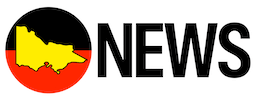

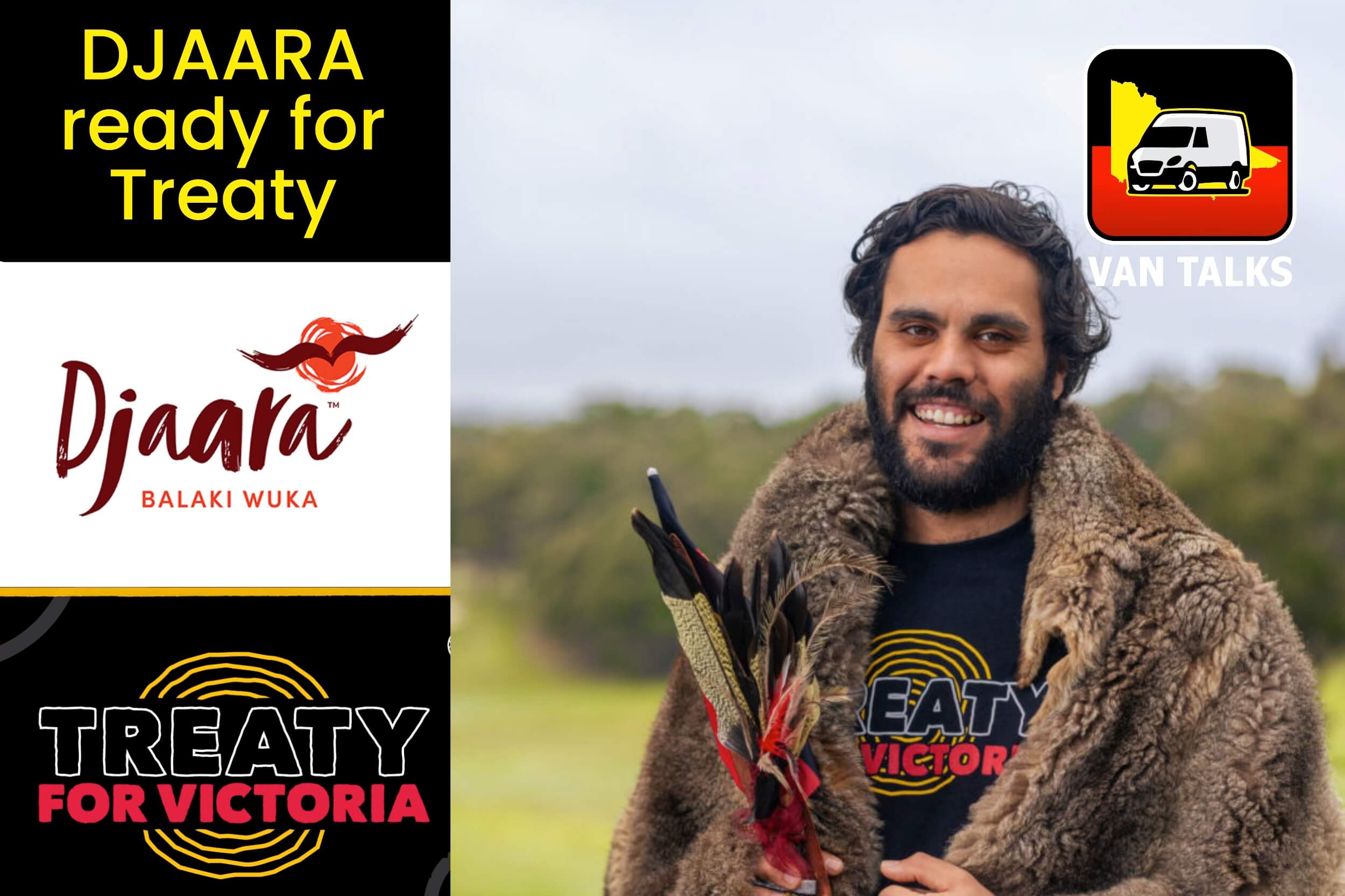
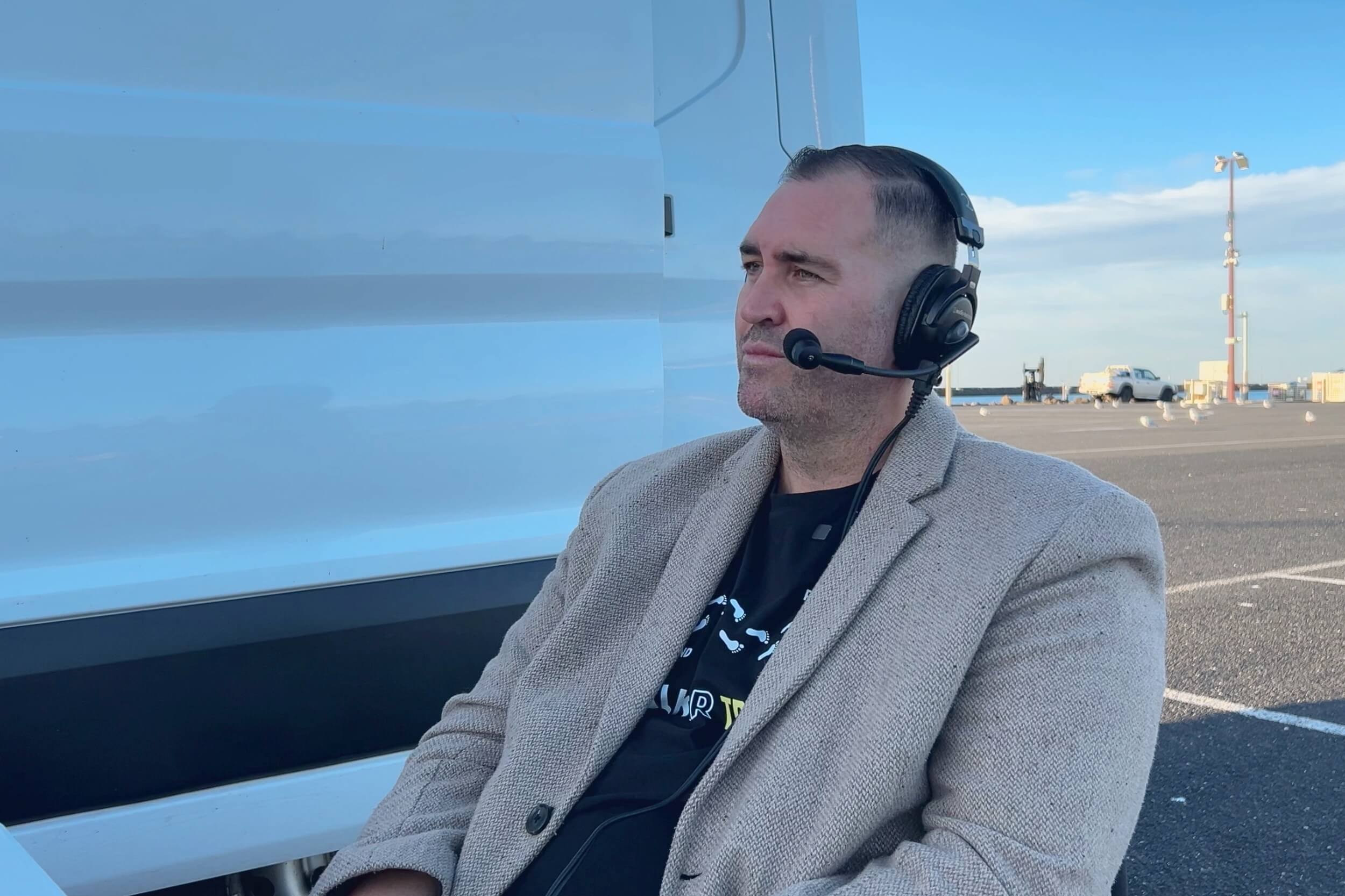
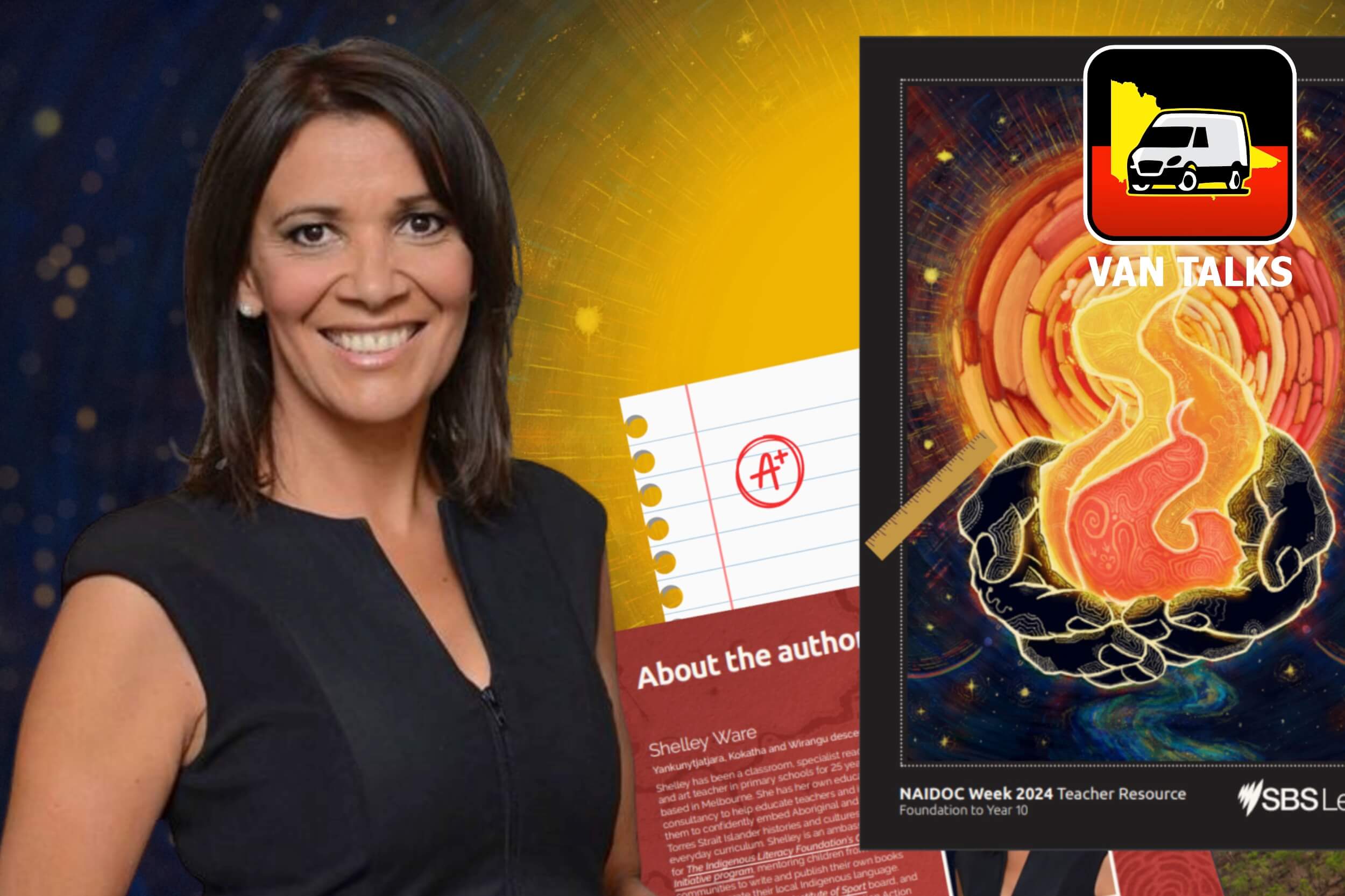
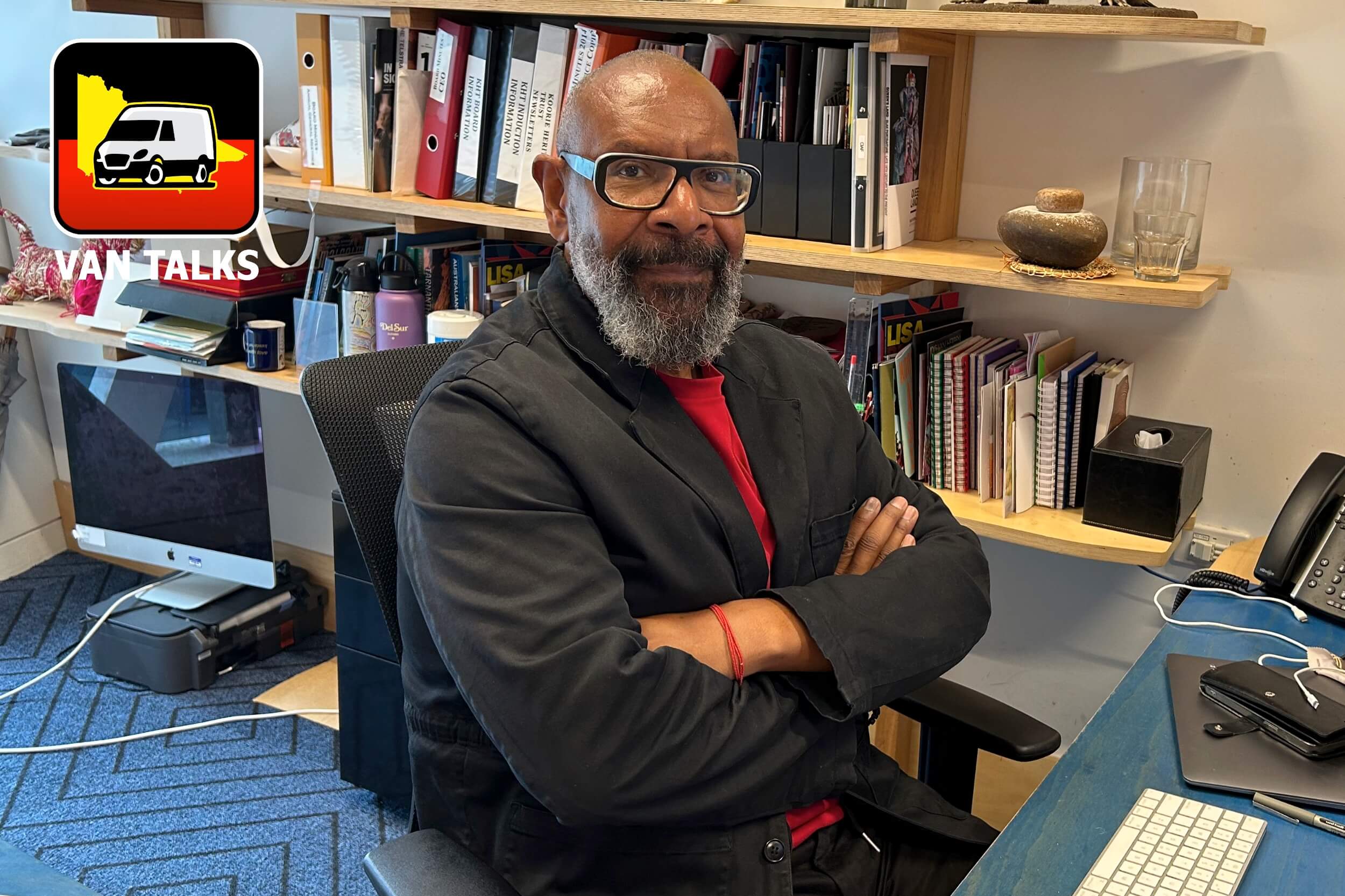
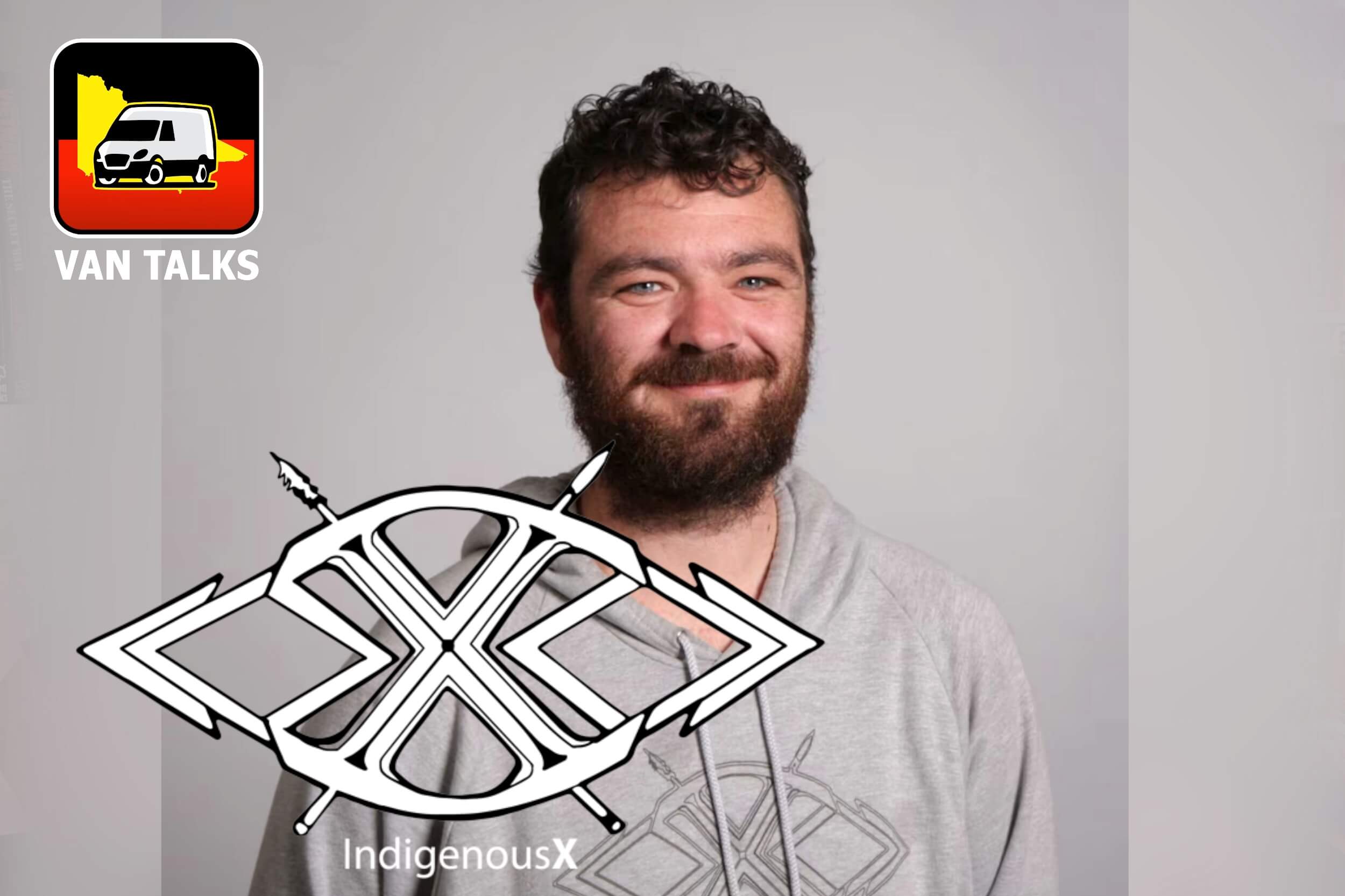

0 Comments